How To Find Studs In Plaster Walls (6 Ways To Do It!)

If you are looking to hang something on your walls, you probably already know that you need to find the studs. But if you have plaster walls, you, unfortunately, cannot use a standard stud finder to do the job. This is because stud finders work by detecting differences in densities behind your wall.
When the plaster is applied over the horizontal “lath” wood strips, it can be denser or thinner in areas. Additionally, the plaster can crumble off over time and create thinner sections. Therefore, since plaster and lath walls are not perfectly consistent, the stud finder will struggle to provide an accurate reading.
To find studs in plaster walls, you can use a metal finder, magnet, probe, or visual clues along your walls like outlets. Alternately, for hanging small items (less than 10-15 pounds), you do not need studs and can just use the wood laths.
Know What to Look for
Before we get into the different techniques, it is important to know what to expect. Studs are typically every 16 inches “on center.” This means measured from the center of one stud to the center of the next. If you were to measure it from the inner edge of one stud to the inner edge of the next, it would be about 14-1/2”.
It is also possible that your studs could be spaced 24 inches on center. This is an advanced construction technique typically used to save money or reduce weight, in the case of mobile homes. Keeping these measurements in mind – and a tape measure handy – will make finding your studs much easier.
Related Guide: How To Tell If Your Walls Are Drywall Or Plaster
Tools
1. Metal Scanner or Detector
If you have a multi-scanner, a metal scanner, or even a metal detector, try this first. It should be able to detect the nails in the wall, which is where the lath meets the studs. However, there are a couple of complications that may cause it to pick up metal all along the wall.
First, some plaster walls have mesh attached to the lath to help the plaster stay better. In this case, the metal mesh will make it impossible to find just the studs. Second, if you use a metal detector that is too strong, it may detect wiring or plumbing that runs through the wall.
If either of these happens, you will need to try a different technique for finding the studs.
2. Magnet on a String
If you do not have a metal scanner or detector, you can use a strong magnet to find the metal for you. Tie the magnet to a string (dental floss works as well) and hold it against the wall. As you walk slowly along the wall, the magnet will stick to the wall wherever there is metal.
Similarly to the metal detector issues, this may not work if you have too much metal in your plaster walls. You also need a relatively strong magnet to get a pull through the plaster. You cannot use a flimsy fridge magnet for this.
Finally, with either of these tools, keep in mind that the laths are horizontal and have small gaps between them. Therefore, if you are moving horizontally along the wall and not finding anything, move up or down and try again. It could be the case that you were right at the gap where no metal is present.
3. Metal Coat Hanger Probe
For this creative solution, you will need to drill a small hole in the wall. Obviously it would be best to do this where your hanging will cover the spot. Your probe does not have to be a metal coat hanger: any inflexible material will do.
Next, cut the probe and curve it at a ninety-degree angle. Make sure that the length of the probe after the bend is 8 inches. This is because the distance between the studs, as noted above, is 14-1/2” (for standard 16” studs). If you were to, coincidentally, drill your hole centered exactly between the studs, a probe of 7” would miss the studs completely.
Put the probe in the wall just past the ninety-degree angle. Then, rotate the probe in a circle behind the wall. It should spin part of the way around before hitting a barrier. This barrier is the side of one of your studs.
You can measure in ¾” to find the center of the stud. Rotate the other way to find the side of that stud, too. When you measure the distance between the two studs you found, hopefully, it will be 16 inches.
Techniques
4. Knock on the Wall
This seemingly silly practice is actually a very accurate way to find studs in walls. Even though plaster walls have laths, the area behind that is open, for wiring, plumbing, and insulation.
Where the studs are, you have the same plaster and laths, and then 4 or 6 inches of solid wood. Therefore, any type of wall will make a much different sound when you knock at a stud.
Knocking along the wall, you should hear a more hollow and higher-pitched sound. This is because the empty space between studs allows the vibration from your knock to resonate more.
When you get to a stud, the sound will be a deeper pitched thud. Mark the wall as you go, and then measure out where you think the studs are to check if you are right.
5. Use Visual Clues on the Wall
Another great way to find plaster studs without any tools is by looking for visual clues. Outlets and light switches typically sit next to the stud. This is how they are attached in that vertical space and appear to float on your wall.
You can knock on either side of the outlet to try to find the stud. You can also take the outlet or switch plate off with a screwdriver and try to look inside the wall. If you do this, please turn off the power at the breaker box first!
Once you find one stud, you can measure along the wall to mark out where the other ones should be. Eventually, you will come to another switch or electrical or cable outlet to confirm your measurements.
6. Use Visual Clues at the Baseboard
Similar to looking for outlets and switches, you can also examine your baseboards or crown molding to find studs. They are nailed into the studs with finish nails, which have very small heads, and can be painted over. You might have to look closely, but this is a surefire way to find studs without any tools.
Related Questions
How do I nail into plaster walls without damaging them?
If you are hanging something light, like a photo, use mounting tabs to avoid damaging your wall. If you do need nail something into plaster walls, a finish nail gun is the best option for protecting plaster. This option is better than using a hammer and nail, where you run a large risk of cracking the plaster walls.However, it is possible that you do not have a nail gun and need to use a hammer. You can help keep the plaster from cracking by taping the wall with masking tape at the spot the nail goes. Hammer the nail in over the tape, and then remove the tape.
How do I hang heavy things on plaster walls?
It is better to use screws than nails for hanging on plaster walls. You can even use drywall screws for lighter items. These work because the lath pieces between the studs are made of wood and typically strong enough to hold small pieces. For heavier items, screws with masonry anchors are your best bet. Hanging directly at the studs will also provide the most strength for holding up televisions and other large objects.

Benjamin is a freelance writer and graphic designer. He is passionate about DIY projects and finding creative ways to upcycle things headed for the landfill. Based in Oakland, CA, Benjamin enjoys playing guitar and gardening.
More by Benjamin Panico



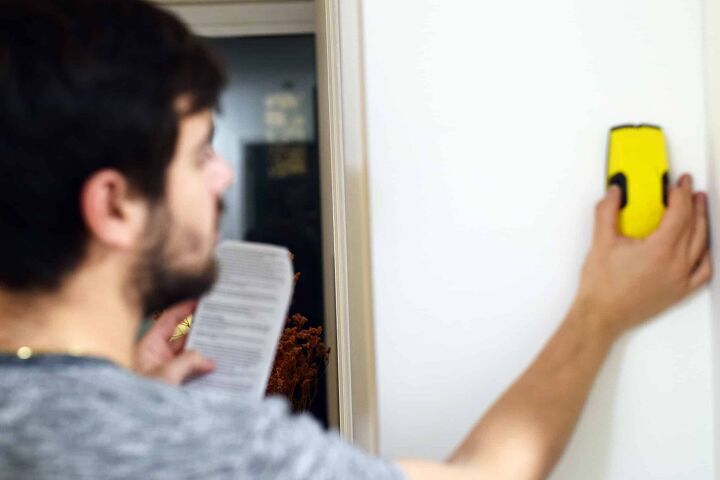
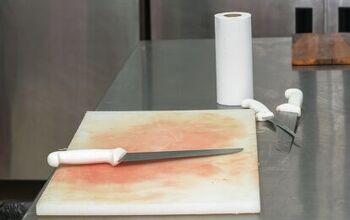


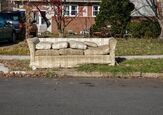


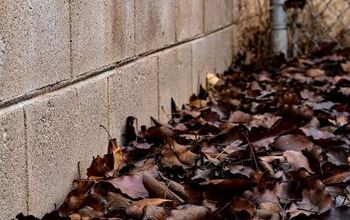

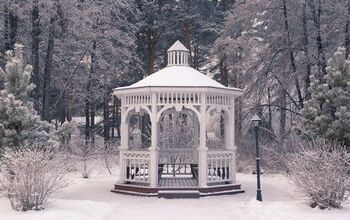

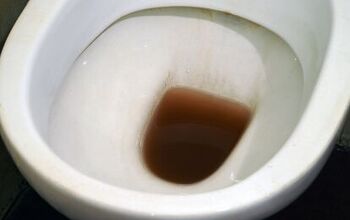

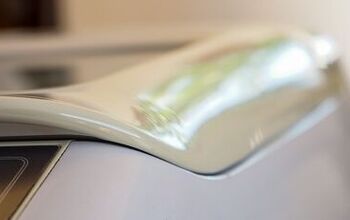




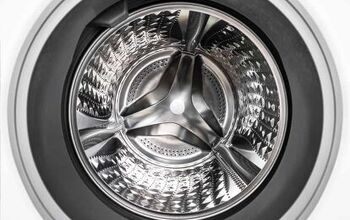

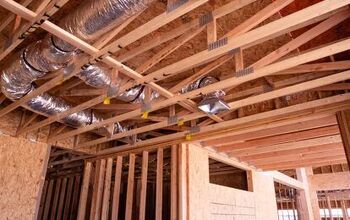
![12 Washing Machine Brands to Avoid [with Recall Data]](https://cdn-fastly.upgradedhome.com/media/2023/07/31/9075781/12-washing-machine-brands-to-avoid-with-recall-data.jpg?size=350x220)


